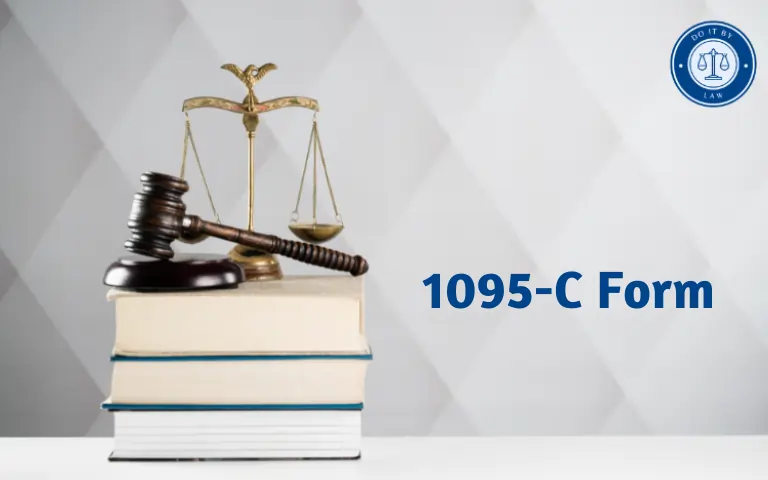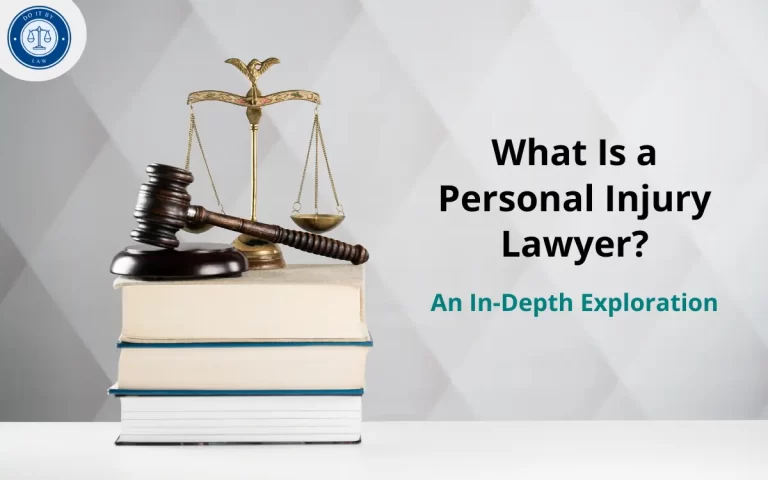Understanding the 1095-C Form
The 1095-C form is an important tax document that helps determine if you and your dependents have the required health insurance coverage. Here is a comprehensive guide to everything you need to know about 1095-C forms.
What is the 1095-C Form?
The IRS Form 1095-C is used by applicable large employers (ALEs) to report information about the health insurance coverage offered to their full-time employees.
It provides details like:
- The months when you and your dependents were enrolled in your employer’s health plan
- The months when you and your dependents were eligible to enroll but did not
- Information about the affordability and minimum value of the plans offered
You need this form to complete Form 1040 and claim the Premium Tax Credit when you file your annual income tax returns.
Who Gets a 1095-C Form?
If you were a full-time employee of an ALE for any month in the previous tax year, you will receive a 1095-C form. An ALE is defined as an employer with 50 or more full-time or full-time equivalent employees.
Both you and the IRS will receive a copy of the 1095-C form by January 31st of the following year.
Even if you did not enroll in your employer’s health plan, you will still get a 1095-C showing your eligibility months.
Dependents like your spouse and children who are covered under your employer’s plan will not get their forms. They will be listed on your 1095-C form.
Parts of the 1095-C Form
The 1095-C form has three parts:
Part I: Employee and Employer Information
This part has identified information like:
- Name, address, EIN of the ALE
- Name, SSN, and DOB of the employee
- Contact phone number of the ALE’s contact person
Part II: Offer of Coverage
This section shows the months when you and your dependents were offered health coverage by your ALE. There are codes A through E that indicate:
- A: Minimum essential coverage providing minimum value was offered to you, and your contribution amount for lowest-cost self-only coverage was affordable.
- B: Minimum essential coverage was offered to you but was NOT affordable.
- C: Minimum essential coverage providing minimum value was offered to your dependents only, not to you.
- D: Minimum essential coverage NOT providing minimum value was offered to you.
- E: You were NOT eligible for an offer of coverage for this month.
Part III: Covered Individuals
This section lists the names, SSNs, and months when you and your dependents were covered under the ALE’s health plan.
There are also codes 1A through 1J about your coverage status for each month:
- 1A: You had minimum essential coverage for this month
- 1B: You had an offer of coverage, but were not covered for the whole month
- 1C: You were covered under the 2-month absence rule
- 1D: Your conditional offer pending enrollment was not fulfilled
- 1E: You were covered under the multi-coverage rule for this month
- 1F: Your coverage is pending for this month
- 1G: You were offered coverage but not enrolled that month
- 1H: No offer of coverage this month
- 1I: You had minimum essential coverage but are in a limited non-assessment period
- 1J: You are an individual who is treated as an employee due to affiliation
How is the 1095-C Form Used?
As an employee, you use the 1095-C form when filing your annual tax return to:
- Show that you, your spouse, and your dependents had qualifying health coverage for the year as required under Obamacare’s mandate.
- Support claims for the Premium Tax Credit if your employer’s coverage was not affordable or did not provide minimum value.
Your ALE uses the 1095-C to demonstrate compliance with the employer shared responsibility provisions under the Affordable Care Act.
The IRS uses it to check that you and your dependents had health coverage, and that your ALE met coverage requirements. Fines may apply if obligations were not fulfilled.
How to Read Your 1095-C
When you receive your 1095-C form, check that:
- Your personal information and your ALE’s details are accurate
- The codes in Part II show you were offered coverage for all 12 months
- The codes in Part III accurately reflect your enrollment status each month
- Months when you opted out or waived coverage are coded accurately
- No months are missing codes or information
Compare forms for all members of your family and confirm they match your own records. Notify your employer about any errors or discrepancies.
Keep your 1095-C form along with other tax documents as you may need to refer to it later.
1095-C Errors – How to Fix Them
If your 1095-C form has missing or incorrect information, contact your employer right away and ask them to issue a corrected form. Some common errors include:
- Wrong personal information like name, SSN, DOB
- Incorrect codes for your coverage offers or enrollment status
- Months missing codes or marked incorrectly
- Offer of coverage not affordable based on your wages
- Dependent information missing or wrong
- Employer address or contact details not updated
Your ALE must provide you with a corrected 1095-C if they agree to the changes. Make sure to get the revision before filing your tax return.
You can also contact the IRS about significant errors impacting your tax obligations. Keep records documenting any inaccuracies.
Frequently Asked Questions
The Bottom Line
The 1095-C is a key tax document that reports your employer-provided health coverage. Review it carefully and address any mistakes with your ALE to avoid issues. Maintain a copy of the form as proof of coverage along with other important tax records.





